"The cost of (artificial) intelligence will converge with the cost of energy."
Sam Altman, CEO de OpenAI. Tweet
Artificial intelligence is transforming everything from the way we work to how we discover new drugs. However, there is one topic that is less discussed: its enormous energy consumption.
We are at a fascinating and critical crossroads. On the one hand, AI poses a threat to increasing global electricity consumption, thereby significantly compromising climate goals. On the other hand, AI itself could help us solve the energy crisis.
Ally or enemy of the planet? Let’s explore this paradox.
The voracious energy appetite of AI
In recent decades, global electricity demand has remained relatively stable. That changed with the explosion of AI.
Data centers, the “brain” where AI resides (such as ChatGPT or Gemini), already consume approximately 4% of the US’s electricity. It is projected that they could account for up to 15% by 2030 (MIT). On a global scale, some estimates put that figure as high as 25%.
To illustrate this point with an example, the expected growth of AI alone until 2027 is equivalent to the annual electricity consumption of the Netherlands or Sweden.
Fun fact: generating a single image with AI can require the cooling equivalent of a bottle of water on servers.
This consumption not only puts pressure on power grids but threatens emission reduction commitments. Eric Schmidt (former CEO of Google) warned that AI could seriously complicate current climate targets.
Paradox: problem and solution at the same time
But there is good news: AI is not only part of the problem, it is also part of the solution. Evelyn Wang (MIT) summed it up: “We have the opportunity to leverage these vast computational capabilities to contribute to solutions against climate change.”
Although the short-term rise of AI may increase emissions, its capabilities to optimize processes and design more efficient systems could enable significant reductions after 2030.
The key is how we manage this transition. Let’s look at some strategies:
Efficient new generation hardware
Specialized chips are being developed for AI that consume 25 times less power and offer 30 times more performance than conventional chips.
In addition, 3D chip design and new liquid or immersion cooling techniques are making it possible to reduce the energy required for air conditioning data centers drastically.
In other words: do more with less.
2. Green" algorithms and optimized software.
Not everything depends on hardware. There are also efforts to create green algorithms: AI models that achieve the same result with fewer calculations.
Techniques such as pruning (elimination of unnecessary parameters) or quantization (using fewer bits per calculation) enable energy savings without compromising prediction quality.
This not only reduces costs for companies but also the environmental footprint of millions of users.
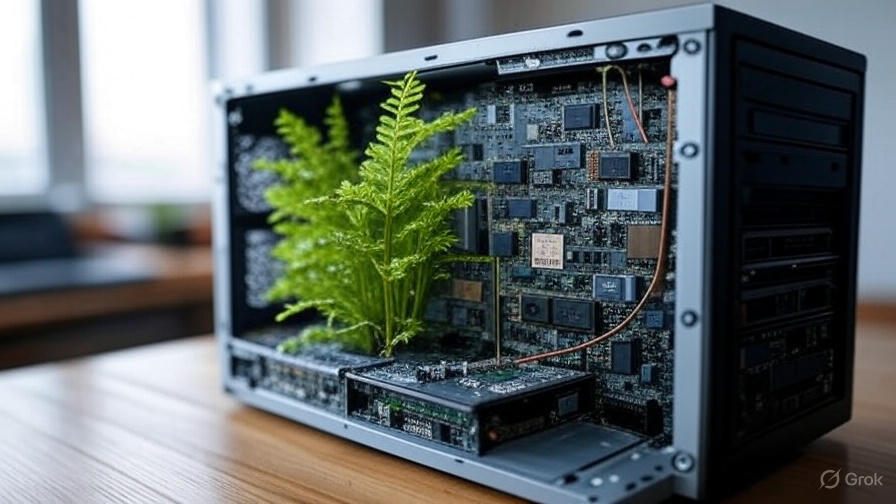
3. Optimization of everyday use (watch out for inference!)
Much is said about the consumption of training huge models, but 80% of the environmental footprint of AI comes from inference: that is, from every time we use it.
Every time you converse with a chatbot or generate an image, energy is expended.
Therefore, research is being done to make inference chips (such as Google’s TPU or Apple’s Neural Engine) more efficient.
4. Intelligent and flexible data centers
AI can help data centers use more renewable energy. How? By scheduling heavy tasks (such as model training) for times with abundant sun or wind.
Google dynamically distributes workloads among its data centers based on the availability of local renewable energy.
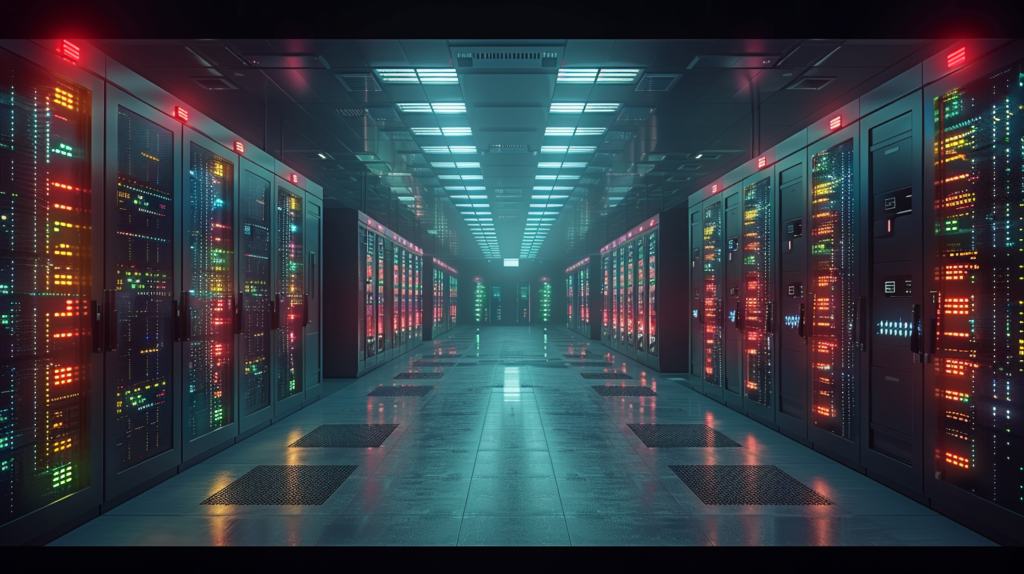
5. Clean energy dedicated to AI
There is a resurgence of interest in nuclear energy as a clean and reliable source of power for data centers.
Case in point: Constellation Energy reopened the Three Mile Island reactor (now renamed the Crane Clean Energy Center) to supply new data centers.
In addition, other options such as small modular reactors, geothermal, and long-term storage are being explored.
AI as an ally of the energy transition
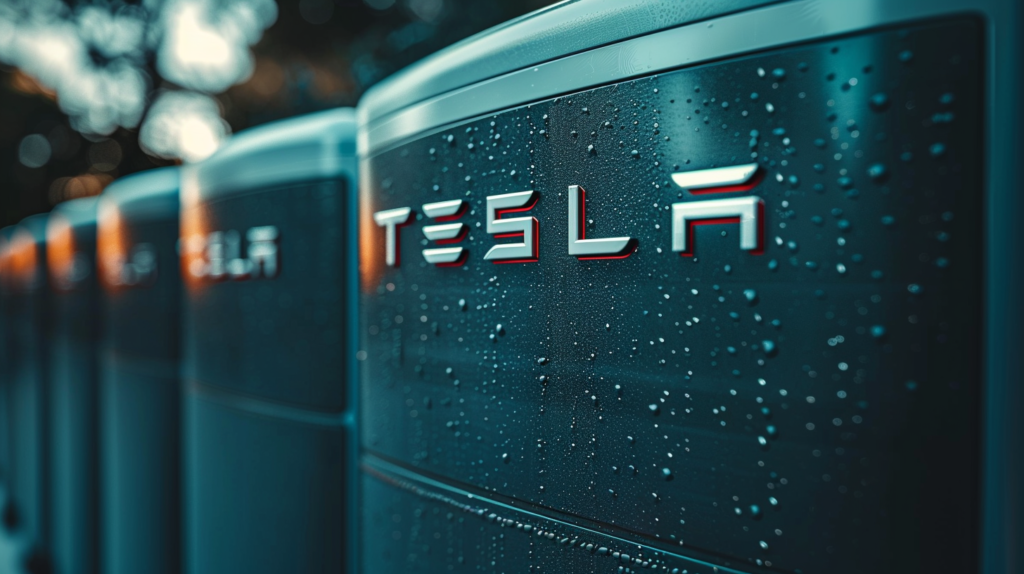
Beyond reducing its consumption, AI is a powerful tool for accelerating the energy transition:
- Smart grids: Algorithms that balance generation and demand in real-time, avoiding overloads and waste.
- More efficient transportation: Eco-friendly routes on Google Maps have already prevented the emission of 2.9 million tons of CO₂.
- New battery materials: AI that screens millions of compounds in days, finding more sustainable alternatives to lithium.
- Nuclear fusion: AI-based simulations aid in controlling the plasma in experimental reactors, such as ITER.
AI not only optimizes what we have but accelerates the arrival of clean technologies that once seemed like science fiction.
The European case: technology, energy and strategy
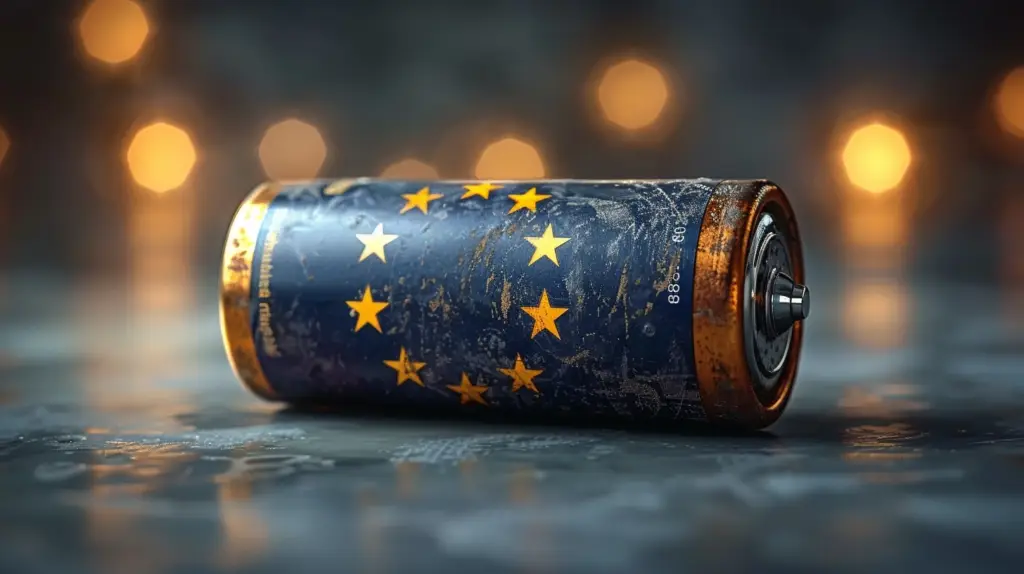
Europe has a particular dilemma: it wants to lead the climate fight, but relies on batteries and AI technology manufactured in Asia.
- In 2023, CATL, a Chinese company, dominated 34% of the global battery market.
- Europe has projects like Northvolt but needs to scale up quickly.
If it does not invest in technological and energy sovereignty, it could be tied to external suppliers, mortgaging its future.
Some time ago, I wrote an article related to this very issue: Where is Europe heading? Artificial Intelligence, Technological Dependence and the Challenges of the Future.
This is why a structural transformation is called for: less bureaucracy, more public-private collaboration, and more investment in innovation.
Towards a sustainable and intelligent future
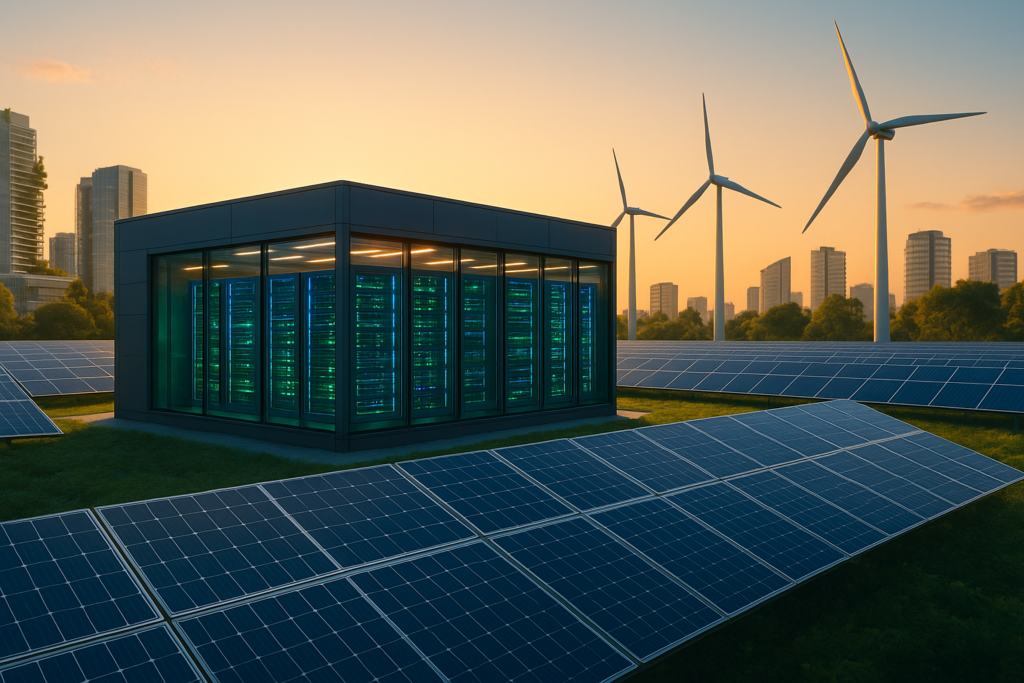
We are at a turning point.
AI may be the biggest obstacle to meeting climate goals… or the catalyst for achieving them ahead of schedule.
Our decisions will make the difference:
- Investing in R&D for efficient hardware and software
- Use clean and reliable energy
- Building talent at the intersection of AI and energy
- Promote ambitious and coordinated policies
The time to act is now. AI is neither inherently good nor bad; it depends on how we use it.
What do you think, and do you think AI will end up helping or hurting the fight against climate change?
Please leave me your comments below. I’d love to hear your thoughts on this exciting challenge and the solutions that look most promising to you.
Have a good week!
SOURCES: MIT Energy Initiative – AI and Energy: Peril and Promise | Renewable Energies – Batteries and new materials | Google – Sustainability initiatives




